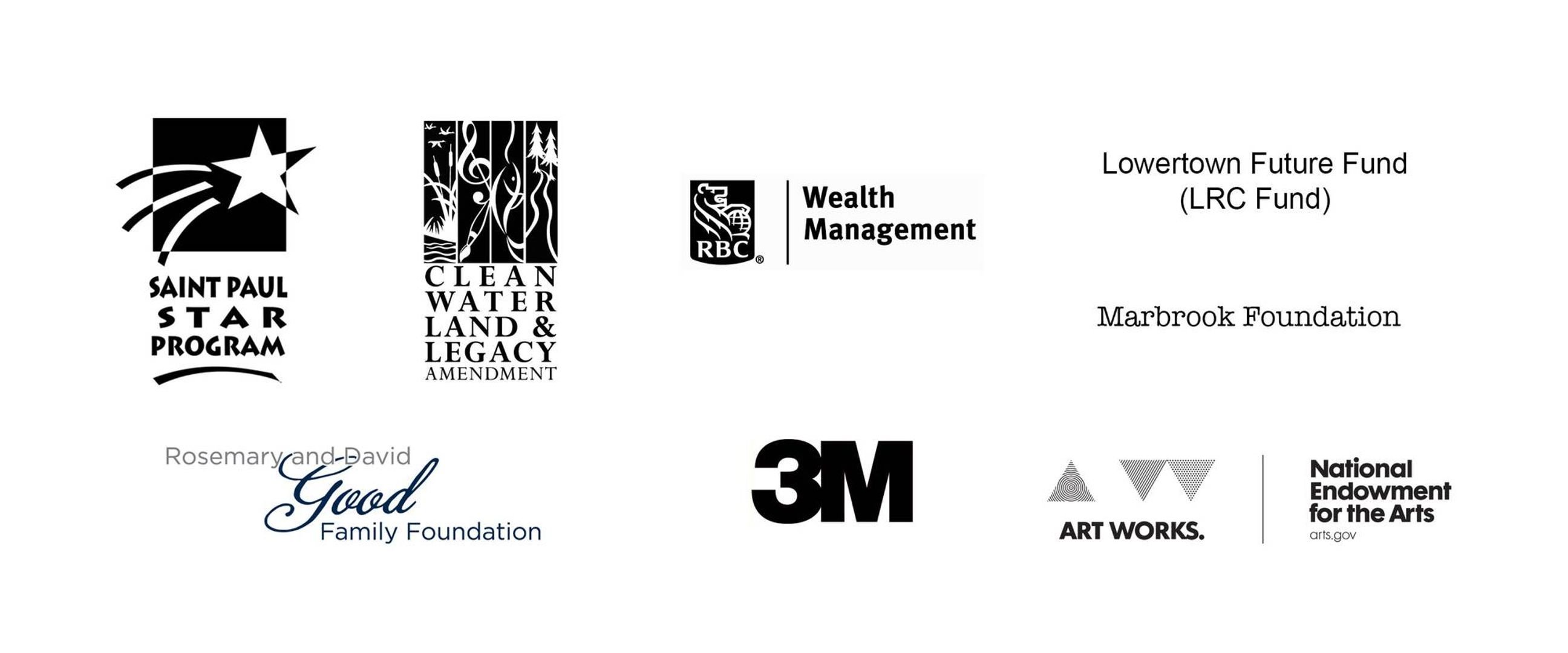Andrew Young Explores Family History in the Magic of Puppetry
Something I reflect on in a lot of the personal work I create is the exploration and expression of truth. Specifically, truth when it comes to personal stories, family stories. There's a fine balance when creating art from them and navigating the complexity of all of those things when they come together.
Much of the recent puppetry I've done has dealt with family and personal stories close to me. And in that, the questions I grapple with are those of respect. The stories I've been told are family stories that I want to honor, that I want to share. It's important for me to be accurate, to preserve family history, though even that gets into the larger question of what is true in stories. While certain facts and dates are immutable, whose voice and perspective is the truth?
We are all subjective truth embodied. When I deal with stories with multiple family members told through my mother or father's experience of it, the only truth I know is the one I've heard. But stories shift in the telling, and there are times I've asked to hear a story again and heard my parents tell it slightly differently, or with details I didn't hear the first time. And so creation based off of that becomes a balance of making something that I feel will be visually and emotionally engaging, but also one that preserves the truth at the heart of the story.
At the same time, some of the truest things I've read are fiction. Sometimes it is easier to communicate truth with a little bit of fiction than it is by staying tied to straight facts, a bit like adding a little bit of salt when making a dessert - seemingly counterintuitive, but helpful to bring out the sweetness. It's a fine balance to determine where the line between artistic liberty and truth is. But in everything I create, I want there to be a core of truth, no matter if it's a serious or light-hearted piece. It's also something that I love exploring through puppetry. For as large of a puppetry scene as there is in the Twin Cities (it's honestly one of the best puppetry communities in the country), I still meet a lot of people who haven't seen a puppet show since they were a kid, or have a very specific view of what puppetry is. When truth can come out of a marionette, a hand puppet made of felt, or the interplay of light and shadow, that's where some of my favorite magic of puppetry comes to life. One of my hopes for my work is to share vulnerability and honesty, and I hope that it might inspire others to be vulnerable as well. Art is speaking your truth, even if it terrifies you.
See more stories from our multi-media series Art Is…
Production Team: Ryan Klabunde, Kate McDonald, Mike Phillips, Jim Kron, Eric Pagel, Terry Gray, Matt Mead.

Like Andrew Young, puppeteer Kallie Melvin also explores issues of identity in her work, admitting that, "In a world of black and white, I always felt lime green."
“I’m a multidisciplinary artist building a world full of characters that are sometimes human, sometimes anthropomorphic creatures that exist in a space between dream and myth, yet are rooted in real-world experience.” Get to know puppetry and stop-motion artist – and founder of Monkeybear’s Harmolodic Workshop – Chamindika Wanduragala.
George Floyd’s police killing has inspired countless artists across the globe to create murals in his honor, works that also call for justice and anti-racism reform. And that’s left a lot of people wondering what will happen to the works of art – many created on temporary surfaces such as plywood panels – when communities start to rebuild. Students and professors at the University of Minnesota have created an online database that aims to catalog these expressions so they can be studied for years to come.
